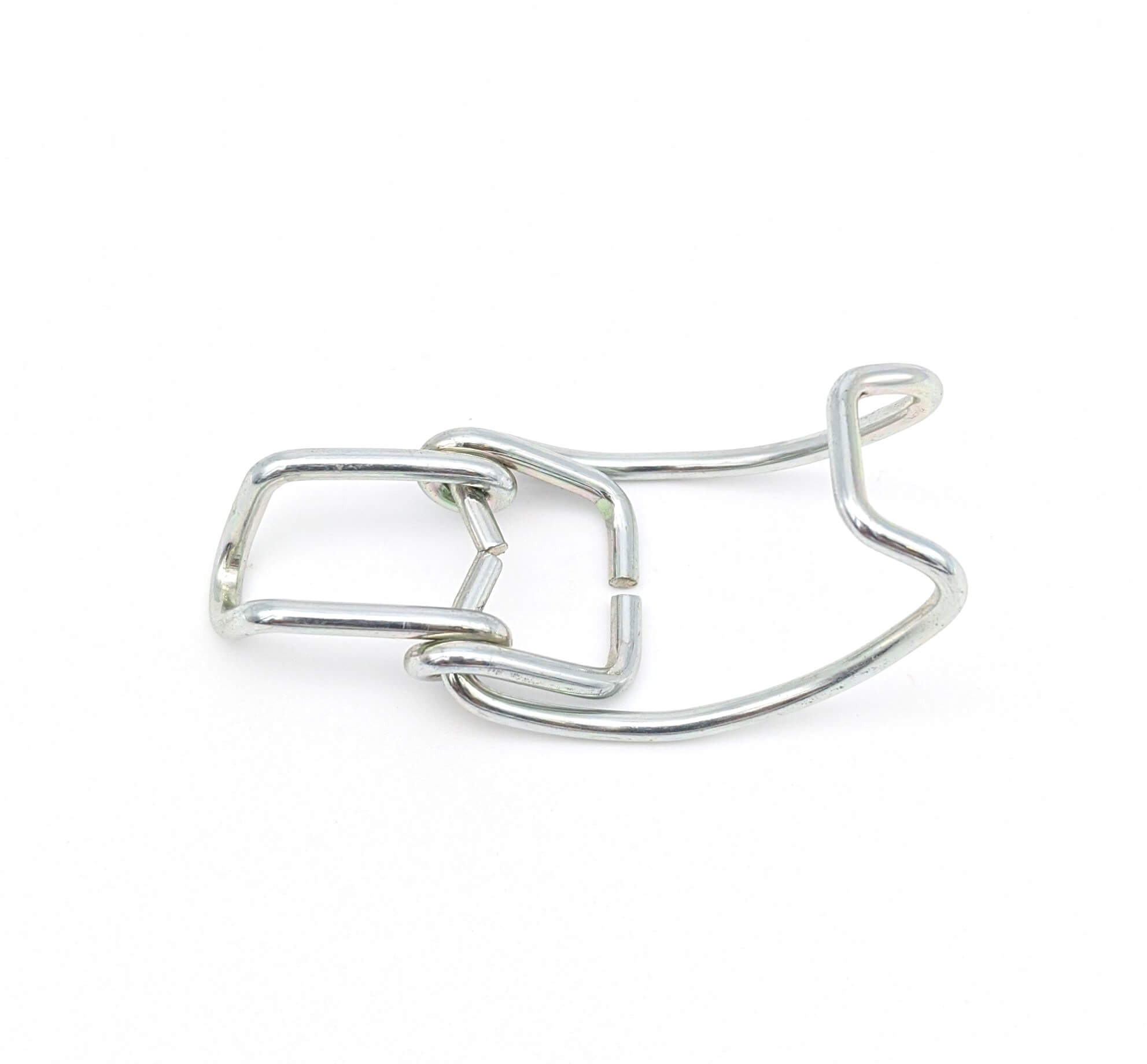Get unique, complex parts easily. No matter your requirements, Chaoyi Spring creates hard-to-produce coil springs and wire forms.
Let us help you create the custom wire form you need, from S-hooks and J-hooks to utility hooks and more.
We work closely with customers across a wide range of industries, helping them design and manufacture made-to-order parts.
Why choose Chaoyi Spring? We prioritize customer-focused collaboration, modern equipment and the latest technology to make your parts per print.
Find the information and guidance you need, from measuring a spring to learning about materials, placing an order and much more.
In the world of mechanics and engineering, the terms "torsional" and "spring-loaded" are often thrown around, but their distinct meanings and applications can be a bit confusing. While both relate


In the world of mechanics and engineering, the terms "torsional" and "spring-loaded" are often thrown around, but their distinct meanings and applications can be a bit confusing. While both relate to the ability of a material to store and release energy, they operate on different principles and are suited for different purposes. This article will delve into the fundamental differences between torsional and spring-loaded systems, explore their unique characteristics, and provide examples of their widespread applications.

Torsional systems revolve around the concept of twisting or rotating forces. Imagine a rod fixed at one end, and you apply a force to the other end, attempting to twist it. This twisting force is known as torque, and the rod's resistance to this twisting is called torsional stiffness. Torsional systems find their application in scenarios where rotational motion is required, such as in steering wheels, gears, and even the twisting of metal bars during construction.
A key element in torsional systems is the torsion spring. A torsion spring is designed to store energy when twisted. This energy is then released to drive a specific movement or motion. Think of the spring in a wind-up toy or the spring mechanism in a car's suspension. These are prime examples of torsion springs in action.
Spring-loaded systems, on the other hand, are designed to resist linear forces, either pushing (compression) or pulling (tension). They are often found in applications where a constant force is needed to maintain a certain position or to return a component to its original state.
Imagine a classic spring in a pen, the one that helps you retract the pen's tip. This is a prime example of a spring-loaded system. Here, the spring stores energy when compressed, and this stored energy is released as the pen is extended. The same principle applies to the spring mechanism in a car's suspension, where the spring absorbs the impact of bumps and helps to restore the car to its original ride height.
The most fundamental difference between torsional and spring-loaded systems lies in the type of force they resist. Torsional systems resist twisting forces (torque), while spring-loaded systems resist linear forces (push or pull). This difference leads to a wide range of applications where each type excels.
The applications of torsional systems are diverse, ranging from everyday objects to complex machinery:
Spring-loaded systems are just as widespread, finding application in numerous areas:
The choice between a torsional system and a spring-loaded system ultimately depends on the specific application and the type of force being resisted. Torsional systems are ideal for applications where rotational motion is required, while spring-loaded systems are better suited for applications where linear forces need to be countered or controlled.
Torsional and spring-loaded systems, despite their subtle differences, play crucial roles in a wide range of applications. Understanding their distinct characteristics is essential for engineers and designers to select the right system for a given project. Whether it's the smooth movement of a steering wheel or the reliable closure of a door, these systems are the silent heroes behind many of the devices and structures we encounter every day.
Remember, when dealing with torsional or spring-loaded systems, it is essential to consider factors such as the material used, the spring rate, and the specific requirements of your application. By carefully evaluating these factors, you can ensure that the system you choose performs optimally and meets the needs of your design.
Browse some of the custom wire forms and springs that we manufacture. Don’t see what you need? We specialize in made-to-order products that meet your application requirements.
Visit Our GalleryNeed a custom wire form or coil spring? We make it work. Fill out the contact form and a representative will respond within 1 business day. If you have a PDF or CAD file, you can submit to request a quote.